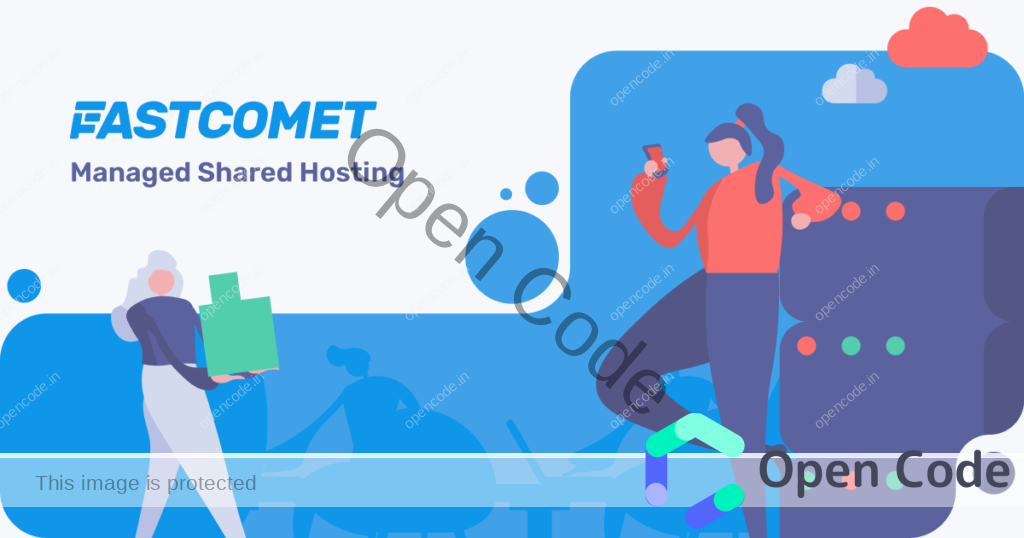In the fast-paced world of web development, choosing the right programming language is crucial. One such language that has stood the test of time and is trusted by countless developers worldwide is PHP. In this comprehensive guide, we’ll delve into the world of PHP, exploring what it is, why you should consider using it, and how to set up your PHP development environment, whether on your local machine or a web server.
What is PHP?
PHP is an acronym for Hypertext Preprocessor, a server-side scripting language primarily designed for web development. It operates on the server, allowing developers to create dynamic web pages and web applications. Let’s break down some key aspects of PHP:
- Server-Side Scripting: It executes on the web server, ensuring that sensitive code remains hidden from the user’s browser.
- Embedded within HTML: PHP code integrates seamlessly with HTML files, allowing developers to mix static HTML with dynamic PHP content.
- Cross-Platform Compatibility: It is compatible with various operating systems (Windows, Linux, macOS) and web servers, ensuring portability.
- Open-Source: It is open-source, meaning it’s free to use, and a thriving community continually develops and improves it.
Why use PHP?
Choosing PHP for web development offers several compelling advantages:
- Ease of Learning: It boasts a straightforward syntax, making it accessible to beginners while offering powerful features for seasoned developers.
- Speed and Efficiency: PHP’s server-side nature allows for fast and efficient data processing and interaction with databases, making it ideal for dynamic web applications.
- Database Integration: PHP offers robust support for connecting to popular databases like MySQL, PostgreSQL, and SQLite, making it an excellent choice for database-driven websites and applications.
- Scalability: PHP adapts to projects of varying complexity, thanks to its modularity and extensive libraries and frameworks.
- Vast Community: With a massive and active community of developers, PHP provides abundant documentation, tutorials, and support through online forums and resources.
Setting up a PHP Development Environment (Local or Web Server)
To begin your PHP journey, follow these steps to set up your development environment:
- Select an Operating System: Choose the operating system that aligns with your preferences, such as Windows, Linux, or macOS.
- Install a Web Server: Opt for popular web servers like Apache, Nginx, or IIS. You can either install them separately or use convenient packages like XAMPP, WAMP, or MAMP for a quick start.
- Install PHP: Download and install PHP on your chosen web server, ensuring proper configuration for seamless integration.
- Choose a Code Editor or IDE: Select a PHP-focused code editor or integrated development environment (IDE) like Visual Studio Code, PHPStorm, or NetBeans.
- Set Up a Database: If your project involves a database, install and configure a database system like MySQL or PostgreSQL.
- Create a Development Folder: Organize your PHP projects within a dedicated development folder on your computer.
- Test Your Setup: Verify your PHP environment by creating a simple PHP file (e.g., index.php) containing “Hello, World!” content. Access it through your web server to ensure everything is functioning correctly.
With your PHP development environment ready, you’re equipped to write PHP code and embark on building dynamic web applications. PHP’s adaptability and versatility make it an excellent choice for a wide range of web development projects.
Features of PHP
- Server-Side Scripting: It is primarily designed for server-side scripting, which means it runs on the web server, enabling the creation of dynamic web pages. This helps separate server-side logic from the client-side interface.
- Embedded within HTML: It seamlessly integrates with HTML code, allowing developers to embed PHP scripts directly within HTML files. This combination enables the creation of dynamic content within static web pages.
- Cross-Platform Compatibility: PHP is platform-independent, making it compatible with various operating systems, including Windows, Linux, macOS, and more. It can run on a wide range of web servers like Apache, Nginx, and IIS.
- Open-Source: It is an open-source language, meaning it is freely available for anyone to use, modify, and distribute. The open-source nature has fostered a robust community of developers who continually contribute to its development and improvement.
- Vast Ecosystem: It boasts a rich ecosystem of libraries, frameworks, and extensions. This ecosystem simplifies common web development tasks, accelerates development, and enhances code reusability.
- Database Integration: It has excellent support for connecting to various databases, including MySQL, PostgreSQL, SQLite, and more. This makes it a powerful tool for building database-driven web applications and websites.
- Support for Multiple Data Types: It supports a wide range of data types, including integers, floats, strings, arrays, and more. This flexibility allows developers to work with diverse data structures and formats.
Benefits of using PHP
- Ease of Learning: It is known for its simplicity and ease of learning, making it an excellent choice for beginners. The straightforward syntax and vast online resources help newcomers get started quickly.
- Rapid Development: It’s server-side nature enables rapid development of web applications. It offers built-in functions and features that simplify common tasks, reducing development time.
- Community Support: It boasts a massive and active developer community. This means abundant documentation, tutorials, and online forums where developers can seek help, share knowledge, and collaborate.
- Scalability: It is highly scalable, making it suitable for small projects and large-scale applications. Developers can modularize their code and utilize frameworks to scale their projects efficiently.
- Security Features: It offers built-in security features to protect against common web vulnerabilities. When used correctly, it can help prevent issues like SQL injection and cross-site scripting (XSS).
- Cost-Effective: Being open-source, it reduces development costs significantly. There’s no licensing fee, and many hosting providers offer PHP support as part of their hosting packages.
- Versatile Application: It is not limited to web development. It can be used for a wide range of applications, including command-line scripting, automation, and even developing desktop applications.
- Integration with Other Technologies: It can be easily integrated with other technologies like JavaScript, HTML5, and CSS3, allowing developers to build modern and interactive web applications.


